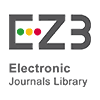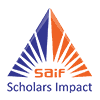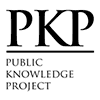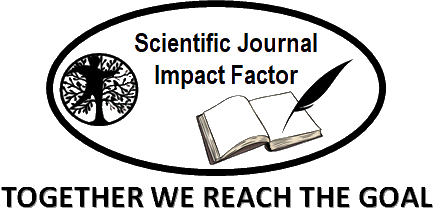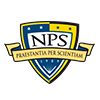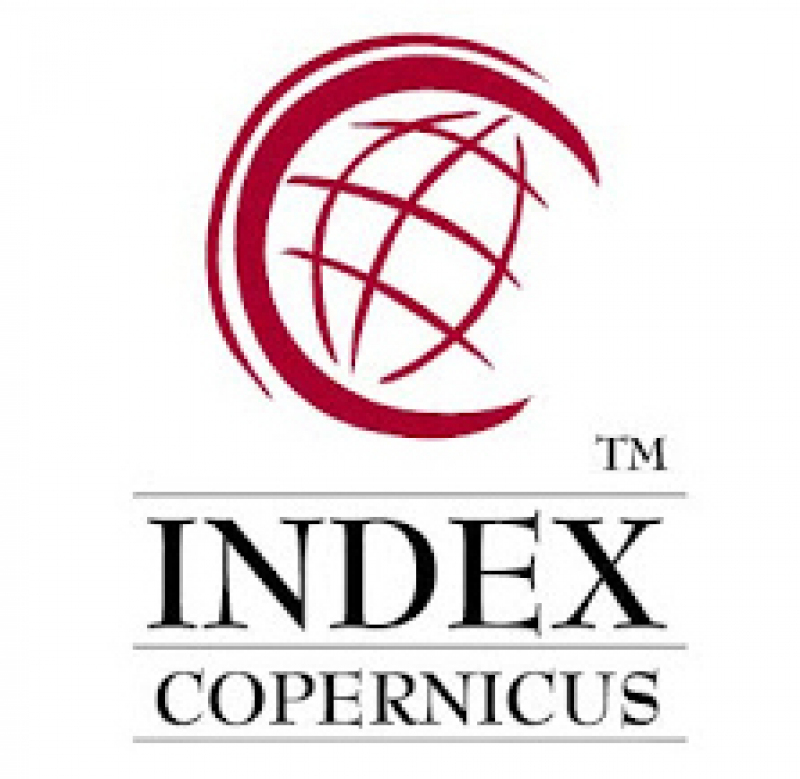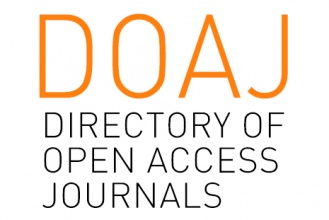Semio-Ecocritical Analysis of Wangsalan in Serat Rerepan Sinom by Mangkunegara IV
Abstract
Javanese structure that contains riddles and answers is called wangsalan. Variations of wangsalan patterns and structures, as well as the heuristic and hermeneutic cakepan translations, are gathered through Serat Rerepen. Wangsalan in Serat Rerepen is a symbol discovered by Mangkunegara IV (fourth ruler of Mangkunegaran Palace). The cakepan portrays role, nature, and environment as images. The elements contained in wangsalan are oriented to flora and fauna. In this research, Wangsalan in Serat Rerepen is analyzed through semo-ecocritical studies in terms of significance and meaning. According to this, the problems in this research are how the pattern and structure of wangsalan in gending (song), what are the sources, heuristic, and hermeneutic readings of wangsalan in Serat Rerepen by Mangkunegara IV through semio-ecocritical approach, and the role of wangsalan in Javanese daily life and its implication in art education. This research employs a qualitative descriptive approach by analyzing the content of the cakepan/lyrics of Serat Rerepan by Mangkunegara IV, which consists of four forms of tembang (vocal song), Pangkur, Dhandhanggula, Sinom, and Pocung. Tembang which is specifically chosen to be the study material is Sinom. The steps taken are the data collection stage by listening, note taking, and data analysis technique with heuristic reading. The data analysis stage consists of hermeneutic reading, data presentation, and conclusion. The results of this research are: 1) The pattern and structure of wangsalan are restricted by the number of lines and syllables, also rhyme pattern, 2) The sources of wangsalan consist of oral and written forms with heuristic reading that contains denotative translations; while according to the semio-ecocritical approach, wangsalan in Serat Rerepan is read with connotative meaning, and 3) Wangsalan is a medium of communication that can contribute to the preservation and development of knowledge in education.
Keywords
Full Text:
PDFReferences
Darmoko. (2020). Kaidah Penandaan dalam Wangsalan Tembang [The Rules of Signification in Wangsalan within Tembang]. Kawruh: Journal of Language Education, Literature and Local Culture, 2(1).
Faruk. (1999). Pengantar Sosiologi sastra dari Structuralisme Genetik sampai Post-Modernisme [Introduction to the Sociology of Literature: From Genetic Structuralism to Postmodernism]. Pustaka Pelajar.
John W Creswell. (2013). Penelitian Kualitatif dan Desain Riset: Memilih di Antara Lima Pendekatan (3rd ed.) [Qualitative Inquiry and Research Design: Choosing among Five Approaches]. SAGE.
Kaelan, M. S. (2009). Filsafat Bahasa Semiotika dan Hermeneutika (edisi 1) [Philosophy of Language: Semiotics and Hermeneutics]. PARADIGMA.
Padmosoekotjo. (1956). Kasusastran Jawa II [Javanese Literature II].
Hawkes, T. (1978). Structuralism and Semiotics. Routledge: Taylor and Francis Group.
Pradopo, R. D. (1987). Pengkajian Puisi [Poetry Analysis]. Gadjah Mada University Press.
Praseta, T. (2016). Bentuk dan Makna Wangsalan [Forms and Meanings of Wangsalan]. Jurnal Sastra Jawa, 4(1), 28–36.
Purbosari, R. (2023). Penggunaan Wangsalan dalam Tindak Berbahasa Masyarakat di Desa Bendo Kecamatan Gandeng Kabupaten Tulunggagung [The Use of Wangsalan in the Speech Acts of the Community in Bendo Village, Gandeng Subdistrict, Tulungagung Regency]. JIBS: Jurnal Ilmiah Bahasa Dan Sasatra, 10 (2), 64.
Purwadi. (2006). Seni Tembang Reroncen Wejangan Luhur dalam Budaya Jawa (edisi 1) [The Art of Tembang Reroncen: Noble Advice in Javanese Culture]. TANAH AIR Jogjakarta.
Riffaterre, M. (1978b). Semiotics of Poetry. Indiana University Press.
S. Padmosoekotjo. (1960). Ngengrengan Kasusatran Djawa II [Outline of Javanese Literature] (3rd ed.). Purworedjo.
Subroto, D. E. at al. (2000). Kajian Wangsalan dalam bahasa Jawa [Studies on Wangsalan in the Javanese Language].
Sudaryanto. (2015). Metode dan Aneka Teknik Analisis Bahasa [Methods and Various Techniques of Language Analysis]. Sanata Dharma Univesity Press.
Suwarna. (2008). Sekar Macapat. P3AI UNY.
Wahyuningsih, S. (2023). Wangsalan Dalam Tembang Kajian Semio-Ekokritik Serat Rêrêpèn Karya Mangkunegara IV [Wangsalan in Tembang: A Semio-ecocritical Study of Serat Rêrêpèn by Mangkunegara IV] [Master's thesis, Yogyakarta State University].
Waridi. (2008). Gagasan dan Kekaryaan Tiga Empu Karawitan. In
Sugeng Nugroho [The Ideas and Works of Three Karawitan Masters]. In
S. Nugroho (Ed.), Etnoteater publiser Bandung (First Printing). EtnoTeater publiser, BACC Bandung, Graduate Program of ISI Surakarta.
Wijayanto, D. (2023). Piranti emotif dan transposis [Emotive Devices and Transposition]. Paramasastra, 10(1), 35.
Wiyatmi. (2017). Metode Penelitian Sastra dan Aplikasinya dalam Sastra Indonesia [Literary Research Methods and Their Application in Indonesian Literature]. UNY PRESS.
DOI: http://dx.doi.org/10.18415/ijmmu.v12i6.6894
Refbacks
- There are currently no refbacks.
Copyright (c) 2025 International Journal of Multicultural and Multireligious Understanding

This work is licensed under a Creative Commons Attribution-NonCommercial-NoDerivatives 4.0 International License.
https://ijmmu.com
editor@ijmmu.com
facebook.com/ijmmu
Copyright © 2014-2018 IJMMU. All rights reserved.
















